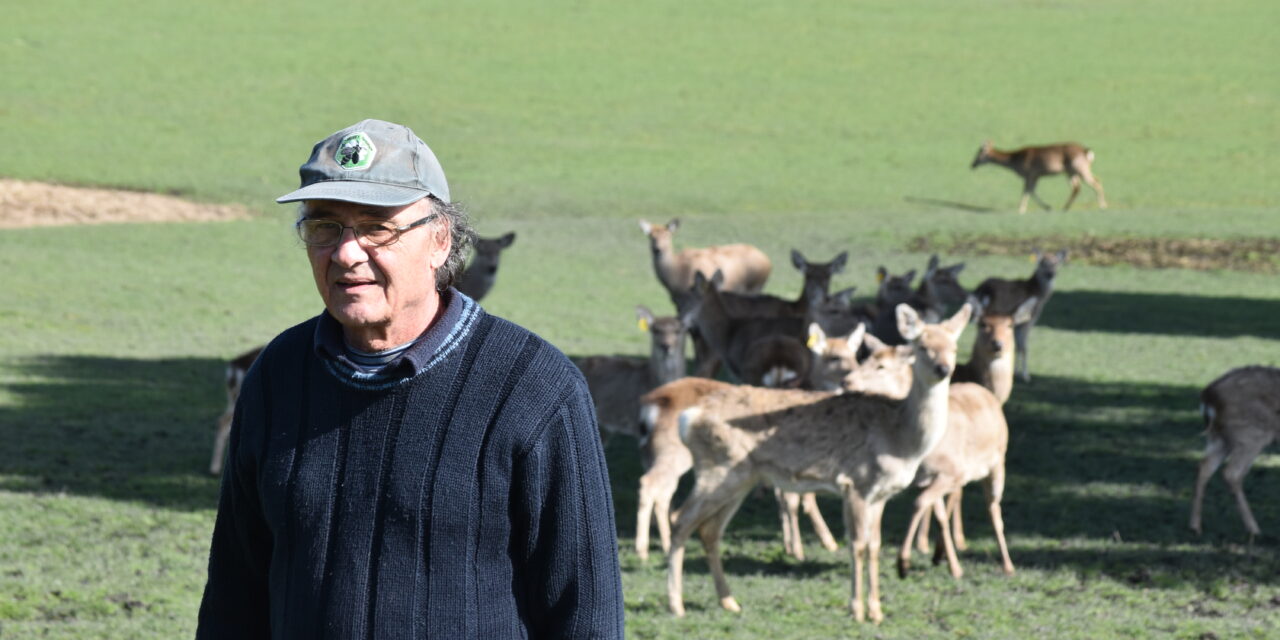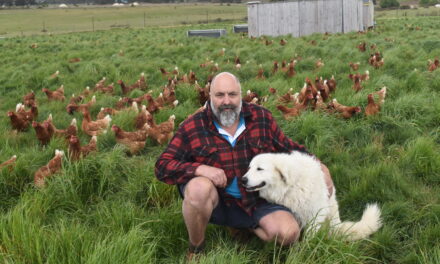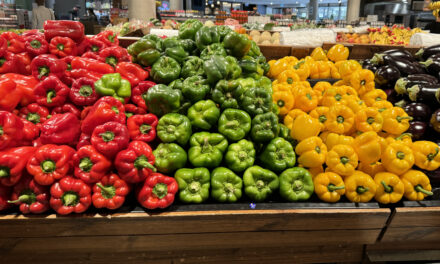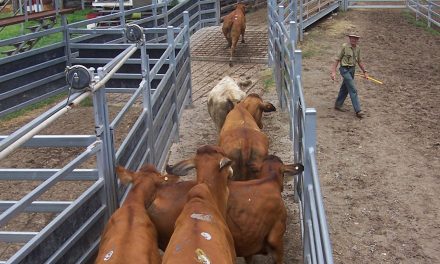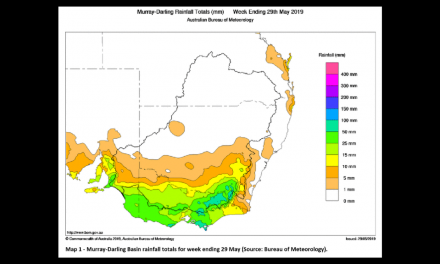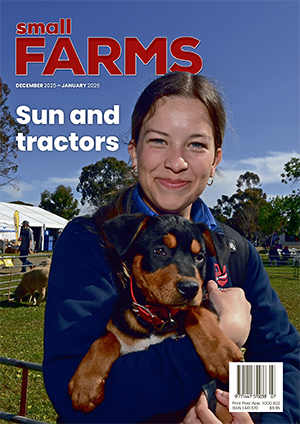Mike Vella’s love of deer began when he answered a vague ad seeking a farm manager. Forty years later, his passion shows no signs of abating. RICK BAYNE has the story.
Mike Vella had never seen a deer up close when he answered a mysterious position vacant ad back in the early 1970s.
At the time, Mike and his wife Jill were working on a cropping farm in the Mallee, a long way from the oceans where they liked to fish.
The job ad for a farm manager for a new livestock enterprise didn’t mention deer, but it showed a picture of Wilsons Promontory and the coast, which was enough to pique their interest.
“Jill and I met while fishing but we were out in the middle of the Mallee and had to drive hours to get to the coast,” Mike said.
They applied and got the job from 82 applications.
Jill was a laboratory technician and Mike a qualified fitter-turner-welder who grew up in Melbourne but always had a backyard of animals and saw himself as a country kid, so their skills were well suited to the new enterprise which turned out to be Australia’s first commercial deer farm.
“The first time I saw a deer up close was when they took us down to the farm at Fish Creek in south Gippsland and said this is where you will be living,” Mike said.
Mike helped to trap wild deer and the couple helped to establish the farm and managed it for several years. When it closed, they decided to branch out on their own, setting up Terramirra Park near Meeniyan, which continues today.
“When the company sold their agricultural enterprises in 1987, we thought we could make a living out of deer and bought these 110 acres,” Mike said.
“Most of it is bush and we leave that and don’t graze it. About 70 acres are set aside for deer pens, the rest is basically bush.”
More than 50 years after that first up-close encounter, Mike remains enamoured by deer and the industry, despite its ups and downs.
At its peak in the late 1980s-early 1990s, there were more than 600 deer farms in Australia. Today, there are less than 20.
Terramirra Park might be the only farm in Australia to survive so long solely on deer.
“As far as I know, we are the only deer farm that has relied solely on deer for more than 40 years,” Mike said.
“There are bigger deer farms but they have other enterprises as well.”
Mike has seen it all come and go. In the early years, venison was a hard sell. It still lags behind the big meat staples, but has become more accepted by consumers.
“In the early ’80s it was very hard to sell venison, simply because people were used to beef, lamb, pork and chicken,” Mike said.
“Now it’s a different story. It’s more accepted and well received all over.
At one stage in the 1990s, meat from about 100,000 deer was being sent across the world.
Venison is still popular but a lot of that is wild shot, a real annoyance for those well-established in the industry.
“Victoria has allowed wild-shot deer to be used for human consumption in recent years. That has knocked us around a fair bit — we can’t compete with that,” Mike said.
“They don’t have the fencing costs for a start. They can shoot one in the bush, drag it across the paddock and sell it. We can’t do that. We have to dress it cleanly and sell it.”
The Deer Association protested the change without success.
“We’re a pretty small industry in Australia these days,” Mike said.
“The association’s main role now is to try to keep the industry alive.
“Without velvet at the moment, I think we’d be in trouble.”
The loss of small local abattoirs, often forced to close due to tougher government regulations, has also impacted. Mike used to process meat each week, now it’s usually two months apart depending on orders and he has to send it four hours to the nearest suitable abattoir.
Asia was the first to embrace the locally produced meat and it also looks to deer for herbal medicines. Today the biggest market is for velvet antlers and supplying Australian Chinese medicine shops.
“Herbal medicine is still a big part of the market with processed antler, penises and tails,” Mike said.
“We don’t throw anything away … it’s literally nose to tail.”
There would be a lot more wild deer if it wasn’t for farming. Although not officially declared a pest, wild deer are considered as a nuisance for farmers because of the damage they cause to fencing and feed.
“The wild ones are an absolute pain. They’re wrecking fences, fighting with our deer trying to get to the females,” Mike said.
The farm has eight different species of deer, an unusually high number, with red, fallow, sika, sambar, rusa, chital, hog and elk.
Although numbers fluctuate, there are usually about 300 deer on the farm. They have separate paddocks, which is especially important at breeding time with the red, sika and elk cross-breeding if they can.
The temperate species — red, sika, fallow and elk — rut in March and April, while the tropical species vary throughout the year.
They all live well in the southern climate thanks to “full bellies and a little bit of shelter”.
Mike initially kept to Australian deer but later looked to Europe and Canada for new genetics. A lot of deer, including all the elk and a lot of the Fallow, are from overseas embryos or semen.
“We wanted to get better blood and to avoid in-breeding,” Mike said.
“All the deer originally imported to Australia were in small groups and became in-bred, so we needed a bit of new blood.”
Mike describes it as a normal grazing enterprise, with mixed clover and grass pastures and hay and silage cut on the farm.
Particularly since the COVID-19 pandemic, deer have become popular pets.
“A lot of people have bought three to five-acre blocks and the number of pets we’ve sold over the past three years is amazing,” Mike said.
“They make really good pets.”
Although they have slowed down a bit as they near their 70s, Mike and Jill still enjoy running the farm, including its retail outlet.
Their son Tim worked on the farm for five years but is now in Canada working in the elk industry.
“Even if Tim doesn’t take over the farm and we have to sell, I’ll still have a bit of land for the deer,” Mike said.
“We love it here. We’ve got a big vegie garden and all the venison we can eat. The whole family lived on it for a long time and I still like it.
“You’ve got to have a passion that puts a smile on your face.”
Deer to his heart
